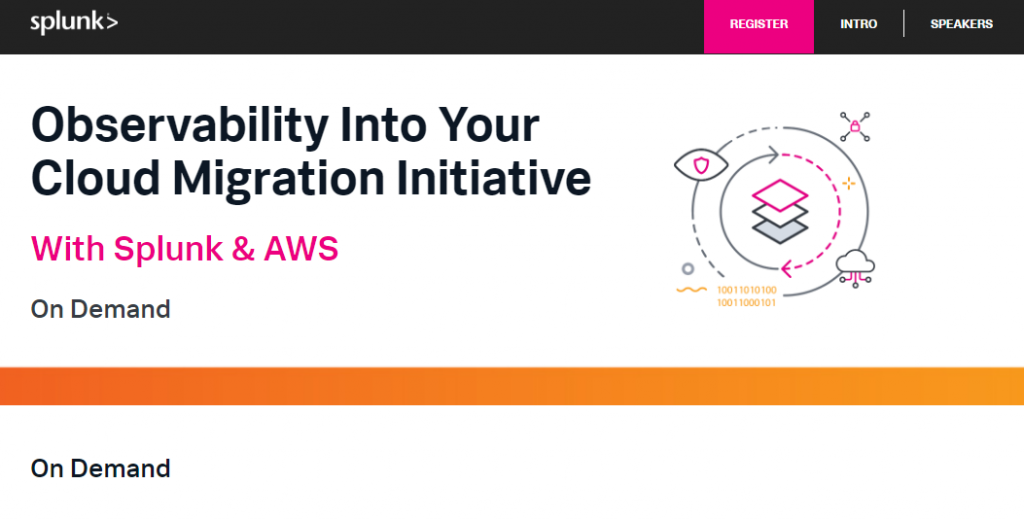Like one of the many organizations currently operating in hybrid and multicloud architectures, your software operations have become extremely complicated. Figuring out instantly what’s going on with your application is harder than ever as the many tools you have were never designed for the cloud. Instead, you have data silos and inefficient use of data resulting in a lack of visibility across your software, systems and processes. Operational resiliency becomes a concern when you can’t see and act on the impact of any change in your IT environment in real-time.
You are spending your time fighting fires instead of innovating for the market. Together with Amazon Web Services (AWS), join us as we discuss building a foundation of security and resilience to innovate with the speed and agility you expect when migrating workloads to the cloud.
In this session, we’ll walk through what it takes to rapidly investigate and act, by:
- Extending the data platform with a data source agnostic approach
- Scaling the value of full fidelity data for end-to-end visibility
- Using pervasive AI-driven, streaming analytics to predict and prevent issues
- Directing in-context troubleshooting for a modern, serverless architecture






